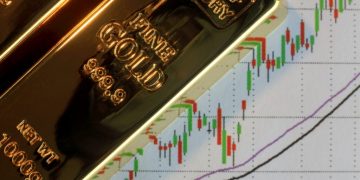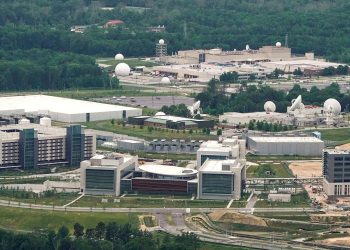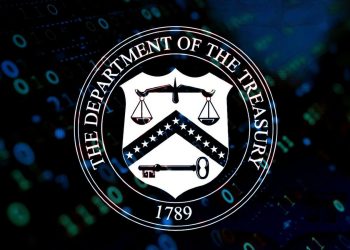WASHINGTON – The recent cyberattack on Colonial Pipeline, the operator of the largest petroleum pipeline in the U.S., shows how internet criminals are increasingly targeting companies and organizations for ransom in what officials and experts term a growing national security threat.
These hackers penetrate victims’ computer systems with a form of malware that encrypts the files, then they demand payments to release the data. In 2013, a ransomware attack typically targeted a person’s desktop or laptop, with users paying $100 to $150 in ransom to regain access to their files, according to Michael Daniel, president and CEO of Cyber Threat Alliance.
“It was a fairly minimal affair,” said Daniel, who served as cybersecurity coordinator on the National Security Council under U.S. President Barack Obama, at the RSA Cybersecurity Conference this week.
In recent years, ransomware has become a big criminal enterprise. Last year, victim organizations in North America and Europe paid an average of more than $312,000 in ransom, up from $115,000 in 2019, according to a recent report by the cybersecurity firm Palo Alto Networks. The highest ransom paid doubled to $10 million last year while the highest ransom demand grew to $30 million, according to Palo Alto Networks.
“Those are some very significant amounts of money,” Daniel said. “And it’s not just individuals being targeted but things like school systems.”
Last year, some of the largest school districts in…


























































